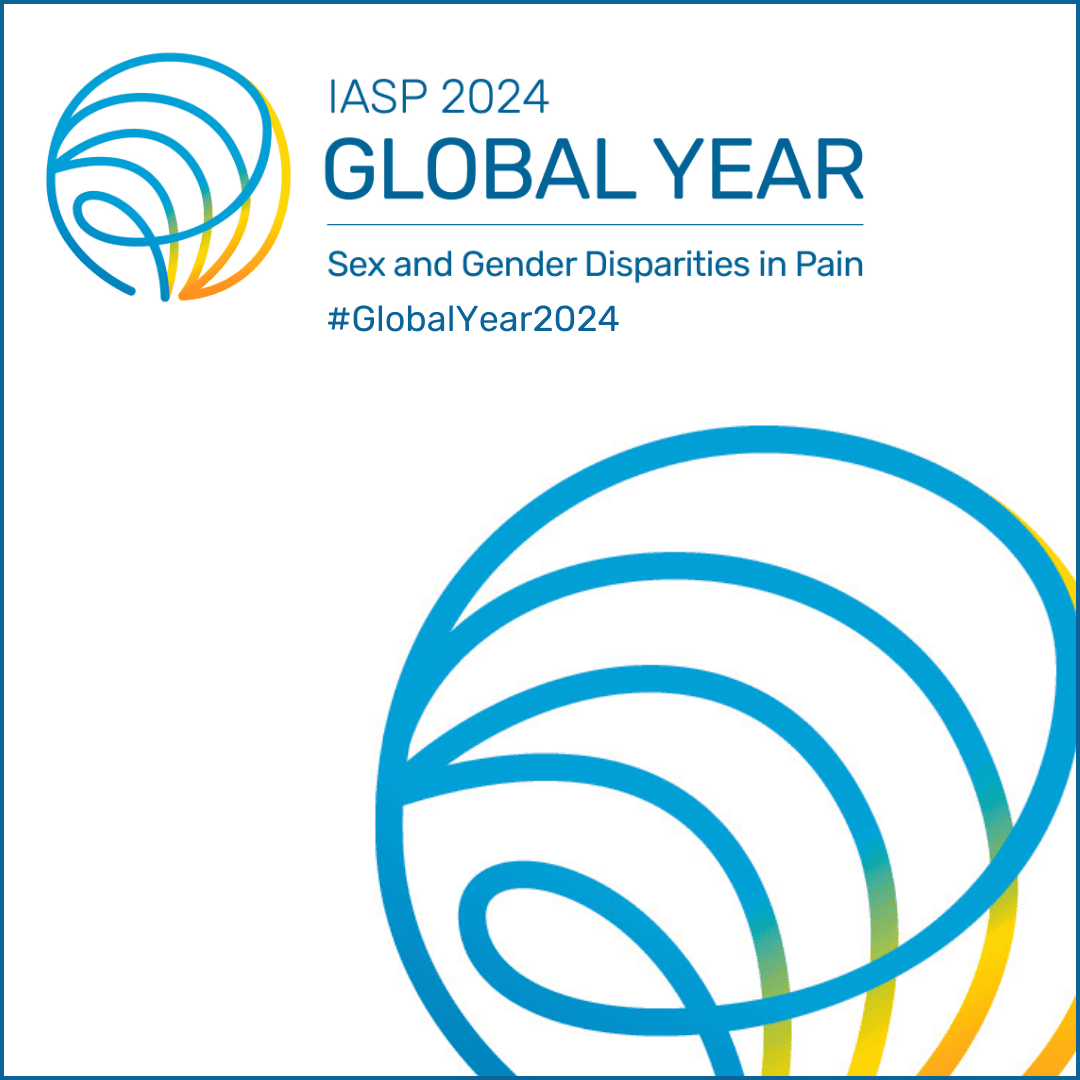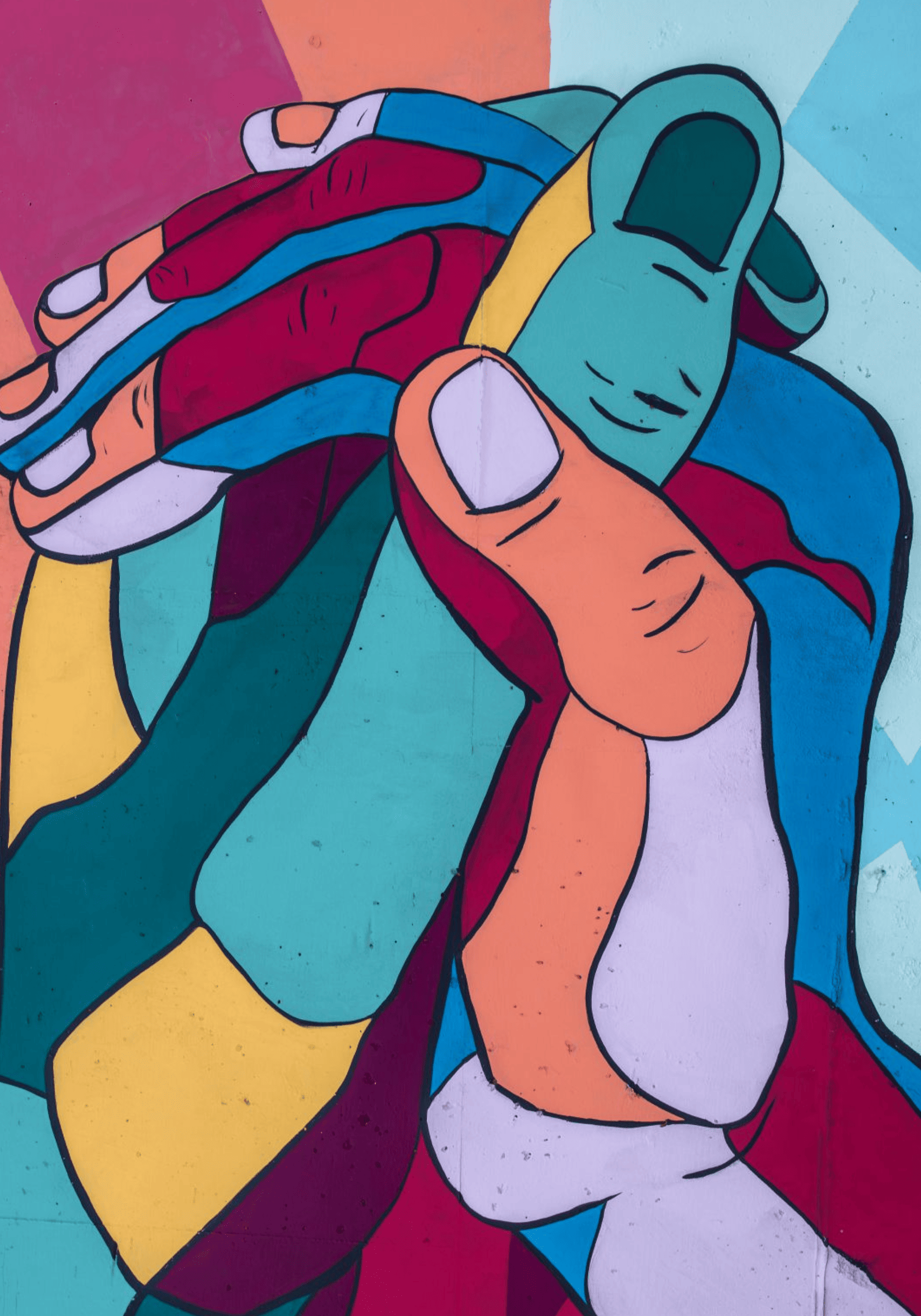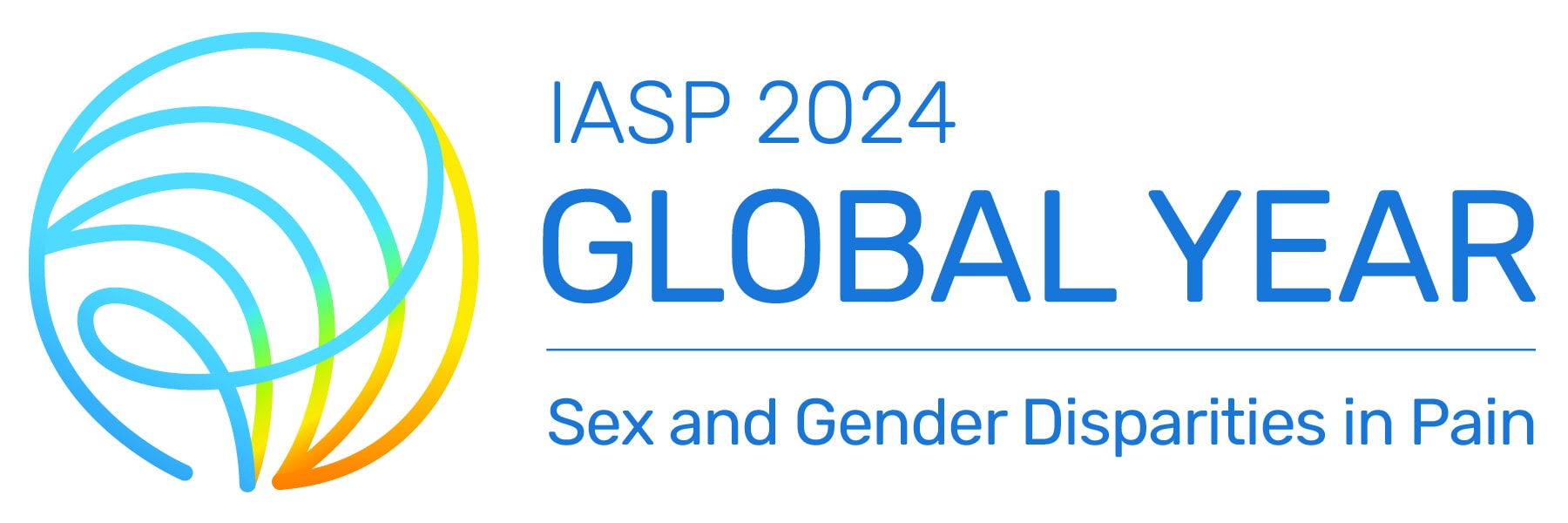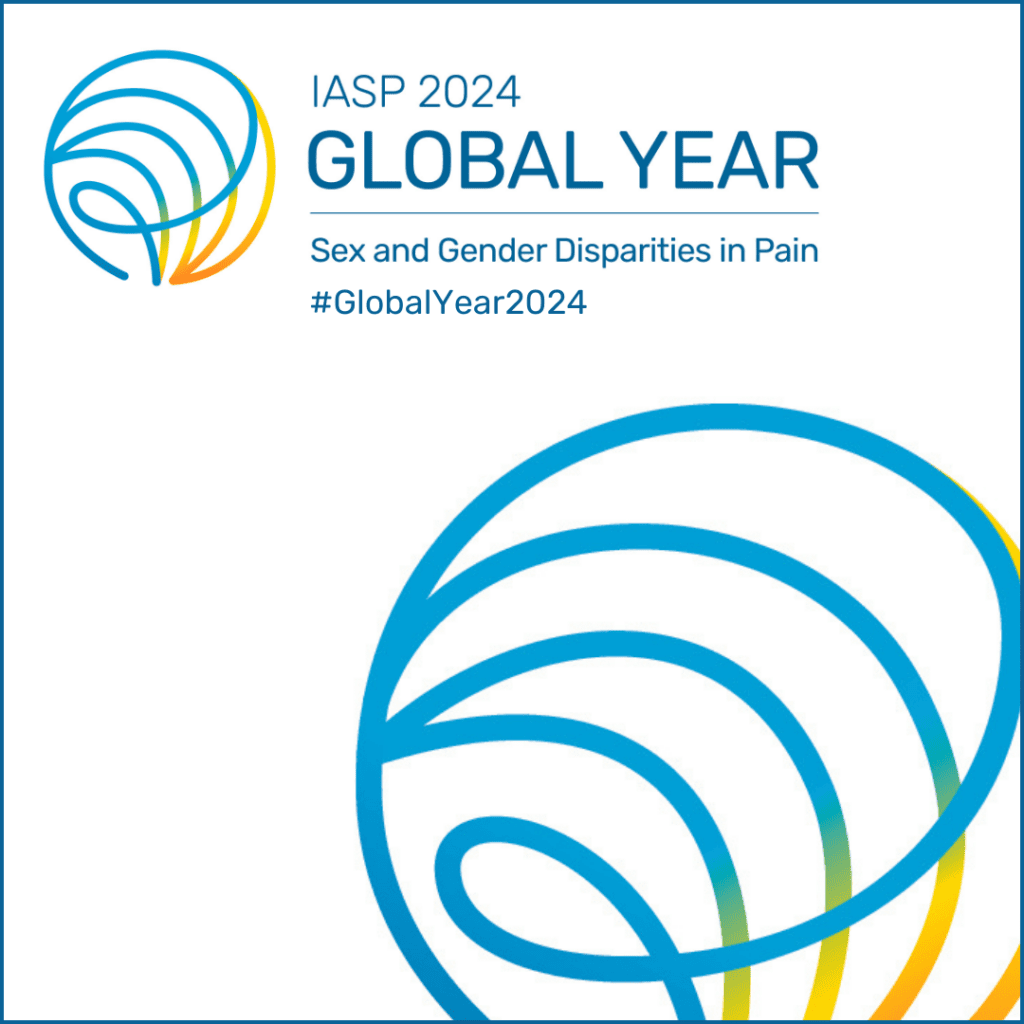IASP 2024 Global Year about Sex and Gender Disparities in Pain
Global Year focuses on a special aspect of pain to increase awareness within the pain community and beyond. The 2024 Global Year will examine what is known about sex and gender differences in pain perception and modulation and address sex-and gender-related disparities in both the research and treatment of pain.

Letter from the President
We chose sex and gender disparities as the 2024 global year theme because, despite a growing understanding of sex-related differences in pain perception and modulation in humans and non-human mammals, many pre-clinical studies still do not give serious attention to sex as an important variable. Even less study has been devoted to human gender differences in pain, especially as the classification of gender identity becomes more complex and fluid. Finally, there are cultural differences across the world in how sex and gender are addressed in treating pain. As a global organization, we are well positioned to understand these differences and educate both clinicians and patients about the role of sex and gender in pain.
On a more personal level, as a woman and as a basic and translational pain scientist for more than 40 years, this topic has special meaning to me.

Welcome From the Co-Chairs

Welcome from Edmund Keogh
We are now much more aware of the need to recognize the sex and gender disparities that exist in pain, and how important it is to understand why such variation occurs. I am delighted therefore to have the opportunity to co-chair the IASP 2024 global year initiative against sex and gender disparities in pain and to work with a dedicated team of colleagues to highlight why this is such an important topic.
This initiative will highlight the complexity of pain, why sex and gender should be considered, and why there is a need to take an interdisciplinary approach to how pain variation is understood and managed. This initiative will also highlight the challenges we face. For example, we are increasingly aware of the biases that exist in research and practice, not only in pain but also in health more generally. We need to do better to combat such biases, and initiatives such as this, that help to raise awareness, play an important role in finding solutions. A sex and gender approach highlights the inequalities that exist in pain and points us to better understand the reasons why such disparities occur, which will help us develop better ways to combat such disparities and ultimately better manage pain. I look forward to the year ahead.

Welcome from Sasikaan Nimmaanrat
The theme for the IASP Global Year 2024 (Sex and Gender Disparities in Pain is interesting and when we hear about it for the first time, many of us may find ourselves questioning the essence of this theme. In fact, sex and gender disparities in health care are not uncommon. Moreover, they may be too common and have gone unnoticed.
From my experience of treating acute and chronic pain patients for about 2 decades, I have encountered numerous cases where pain conditions are specific to a particular sex or gender. While many pain conditions affect individuals of both sexes, they might be more prevalent in either men or women.
Reflecting on the early years of my career, treatment approaches were primarily sex-based rather than gender-based. Over time, there has been a shift towards recognizing and addressing gender-specific aspects of pain management. It's noteworthy that different parts of the world hold varying perspectives on sex and gender disparities in pain management. Nonetheless, my conviction remains that patients should receive the best possible care tailored to who they are and who they aspire to be.

Aims and Objectives
IASP is designating 2024 as the Global Year About Sex and Gender Disparities in Pain.
Despite evidence of sex-related differences in pain perception and modulation in humans and non-human mammals, many pre-clinical studies still do not address sex as a variable. Even less study is devoted to human gender differences in pain, especially as the classification of gender identity becomes more complex and fluid.
Throughout 2024, IASP will examine what is known about sex and gender differences in pain perception and modulation and address sex-and gender-related disparities in both the research and treatment of pain.
Our 2024 Global Year goals are to:
- Highlight the importance of sex and gender disparities in pain and pain care
- Communicate what we currently know about sex and gender disparities, highlighting the ways in which variation in pain occurs, as well as the biological, psychological and social-cultural reasons for this
- Reflect on the challenges that a sex and gender approach highlights, in how we understand and manage pain, as well as approaches we should take to overcome these challenges
Global Year Fact Sheets
Download fact sheets prepared by top experts on various aspects of sex and gender. IASP is grateful to the scientists and clinicians who wrote and reviewed the fact sheets.
Video Series
2024 Global Year Video Series
As part of the 2024 Global Year about Sex and Gender Disparities in Pain, ISAP has compiled a series of videos addressing this important topic.

Global Year Volunteers
Global Year Task Force
Meet the multidisciplinary team of IASP volunteers that oversees the 2024 Global Year about Sex and Gender Disparities in Pain.

PREVIOUS GLOBAL YEARS
Previous Global Years
Access previous global year campaigns and relevant fact sheets, interviews, and more resources.


